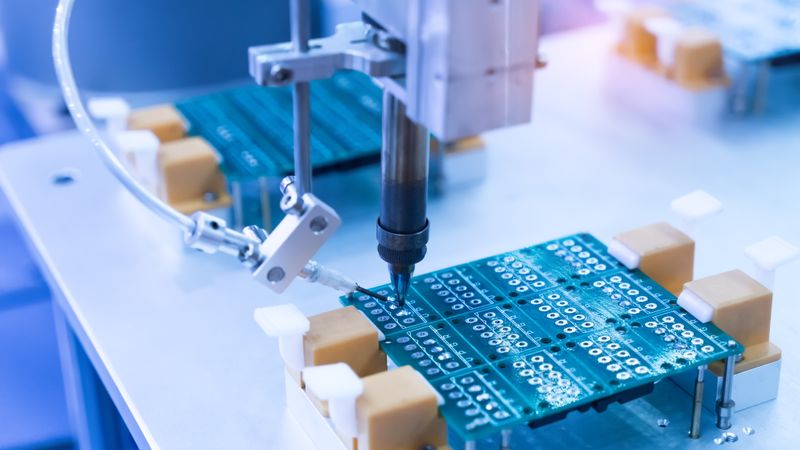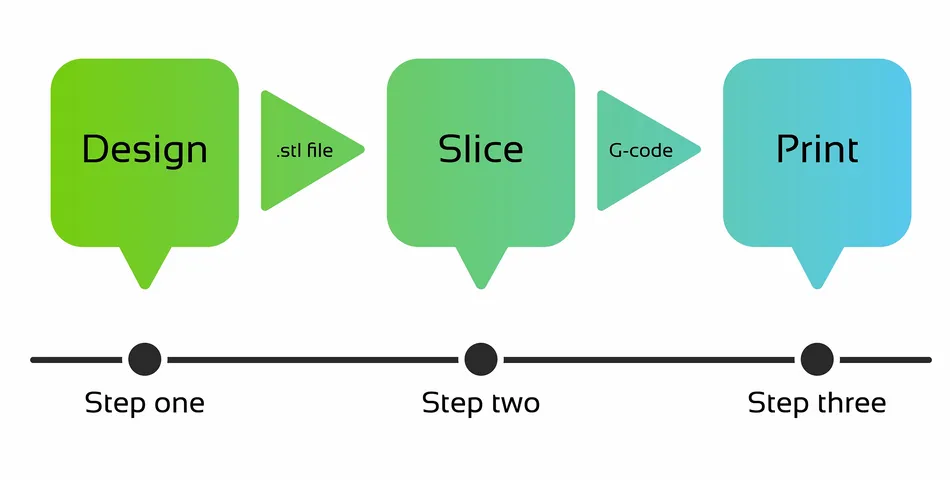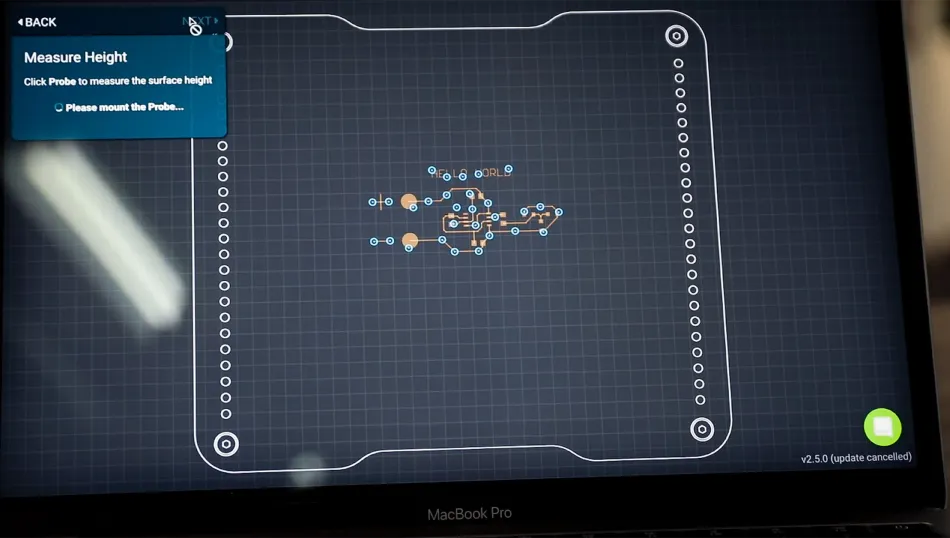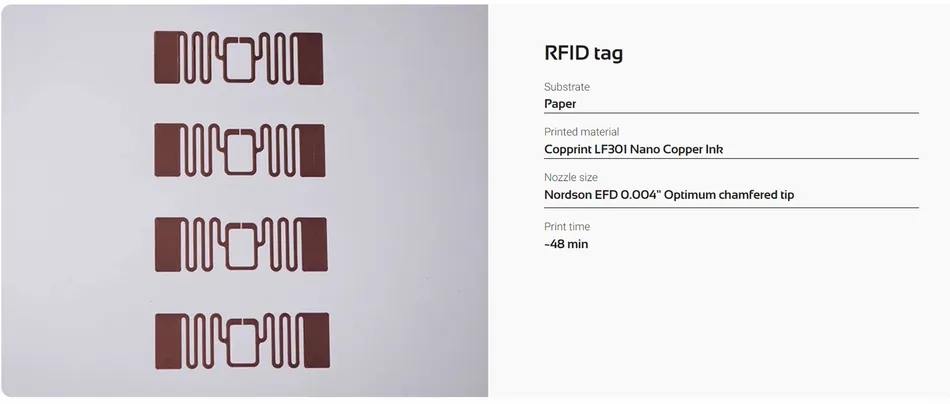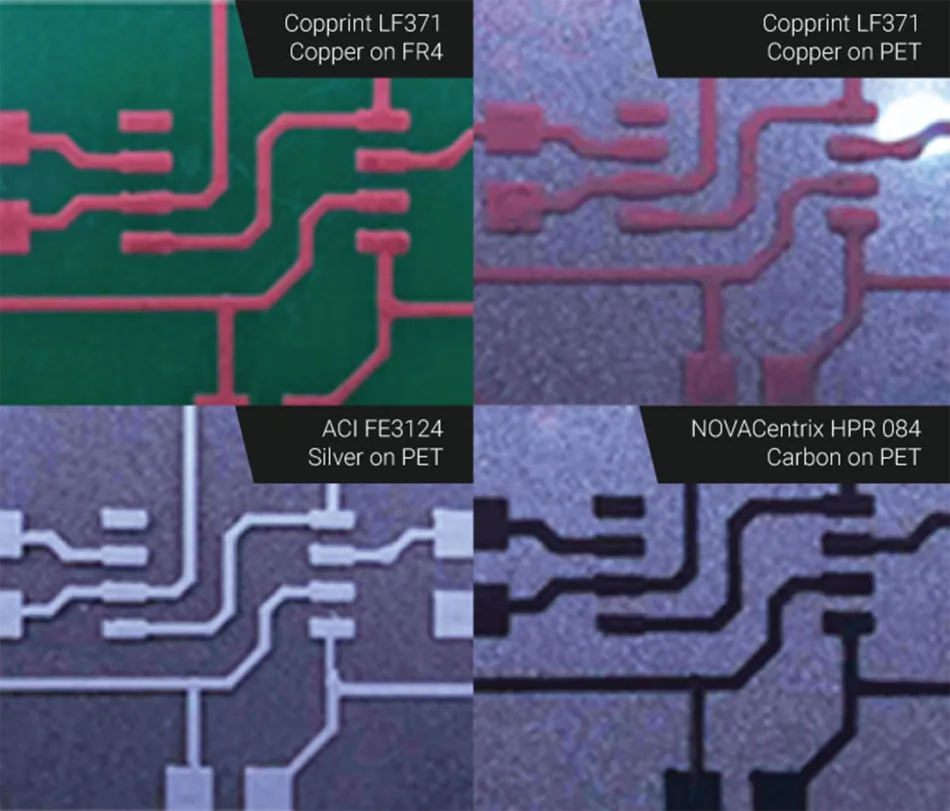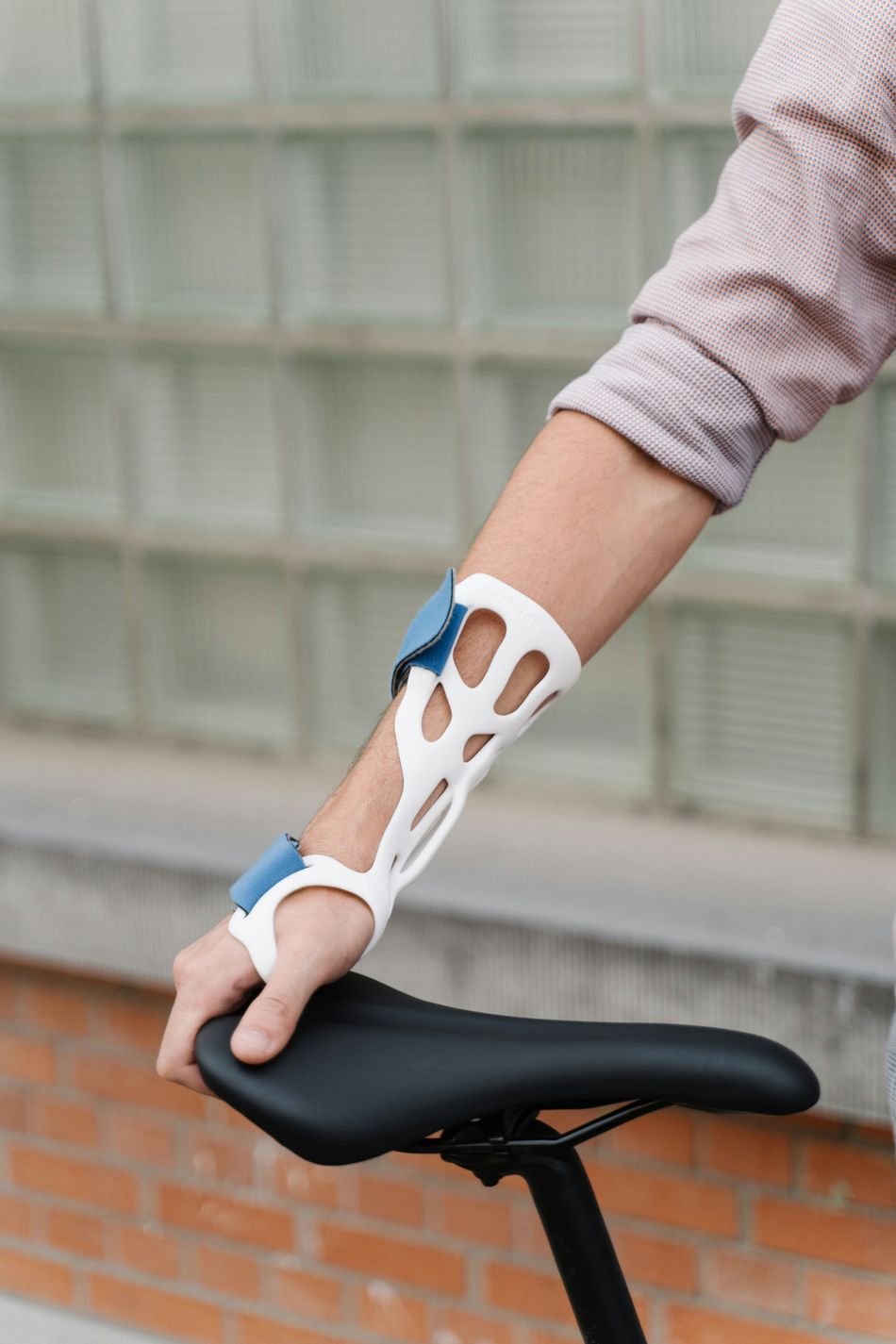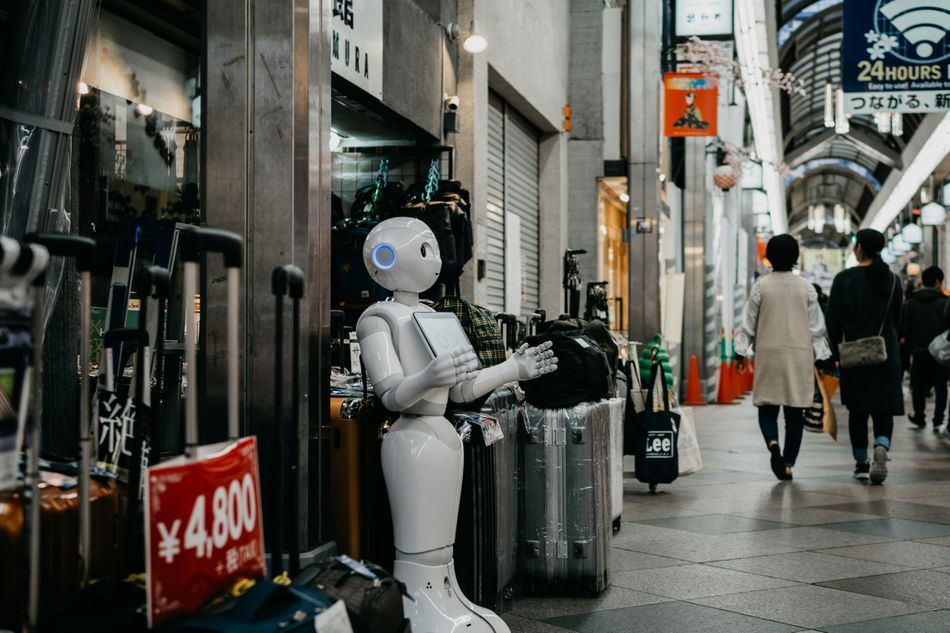3D Printing vs. PCB Printing - What's the Difference?
Exploring the key distinctions between 3D printing and PCB printing, from materials and precision to applications and costs
This article was first published on
www.voltera.ioIn the world of additive fabrication, two technologies stand out for their transformative potential: 3D printing and PCB (printed circuit board) printing. They share the fundamental principle of additive manufacturing, but are different in a number of ways.
In this article, we will delve into the main differences between traditional 3D printing and additive PCB printing, as seen in machines like the Voltera V-One, in order to clarify their distinct roles in modern manufacturing.
How does 3D printing and PCB printing work?
3D Printing
With 3D printing, printers create objects by layering material, typically thermoplastic, from the bottom up. You begin with designing a model using computer-aided design (CAD) software. Next, you export the .stl file to your 3D printer software which will slice the model into thin horizontal layers, generating G-code for each layer. Depending on the type, your 3D printer will then extrude or solidify material layer by layer to form the final object.
PCB printing
Additive PCB printing shares similarities with 3D printing in terms of its workflow. Using electrical computer-aided design (ECAD) software, you design your project, then export the Gerber file and upload it to your printer’s software. PCB fabricators, such as V-One, will then interpret the Gerbers and deposit conductive materials to construct the layers of a printed circuit board.
Key differences between 3D printing and PCB printing
Materials and substrates
The most apparent difference lies in the materials used. Traditional 3D printers work with a wide array of materials, including plastics such as PLA, PETG, TPU, ABS, and resin, as well as nylons and metals. In contrast, PCB printers utilize conductive inks, such as silver, copper, or graphite, and more to create functional circuit boards.
While you can print a three-dimensional object directly on the heated bed of a 3D printer, PCB printing requires fixing a substrate to the bed. Depending on your specific needs, you can choose more rigid substrates such as FR1, FR4, or more flexible ones such as TPU, paper or fabric.
Precision
3D printers are generally used for larger objects and may not achieve the fine detail required for PCB manufacturing. The accuracy of desktop 3D printers varies, ranging from ± 0.1 mm to ± 0.5 mm.
In contrast, PCB printers are designed for high precision, which is crucial for the intricate pathways and components of circuit boards. Notably, machines that use direct-ink-writing technology, such as NOVA, enable the production of features as small as 100 µm
Capabilities and applications
3D printers are handy when it comes to producing complex geometries and shapes. Some industries use 3D printing to manufacture the final product, such as architectural models, automotive parts, and dentures.
However, these 3D printed projects, on their own, cannot perform functions such as sensing, monitoring, moving, amplifying, controlling, or mirroring, which require a printed circuit board and a range of electronic components. In order to test and iterate electronics projects, you will need a PCB printer.
The applications of PCB printers range from simple personal projects such as a weather station that monitors temperature, humidity, and atmospheric pressure, to complex R&D endeavors such as a prototype for robotic arms capable of performing surgeries.
Costs
Due to the differences in all the aforementioned aspects, these technologies are available at varying costs. Desktop 3D printers can be priced anywhere from USD $200 to $2,500, whereas desktop PCB printers tend to range from USD $5,199.98 to $27,800.
Conclusion
3D printing allows for the creation of a broad spectrum of objects, whereas PCB printing offers a specialized, rapid, and cost-effective solution for circuit board production.
Despite their differences, 3D printing and PCB printing can be highly complementary. Leveraging these technologies together will streamline the electronics prototyping process.
As the technology continues to evolve, there is tremendous potential for further integration and innovation in both fields. For more insights on additive PCB manufacturing, check out these resources:
- What is Printed Electronics? Conductive Inks
- Introduction to Direct Ink Writing (DIW) Printing Technology
- Introduction to Inkjet Technology
- Introduction to Screen Printing
- Resistance, Resistivity & Sheet Resistance
- Webinar: Printing on BEYOLEX™ High-Temperature Stretchable Film with NOVA
Book a call with Voltera today to explore how this innovative tool can meet your prototyping needs.
